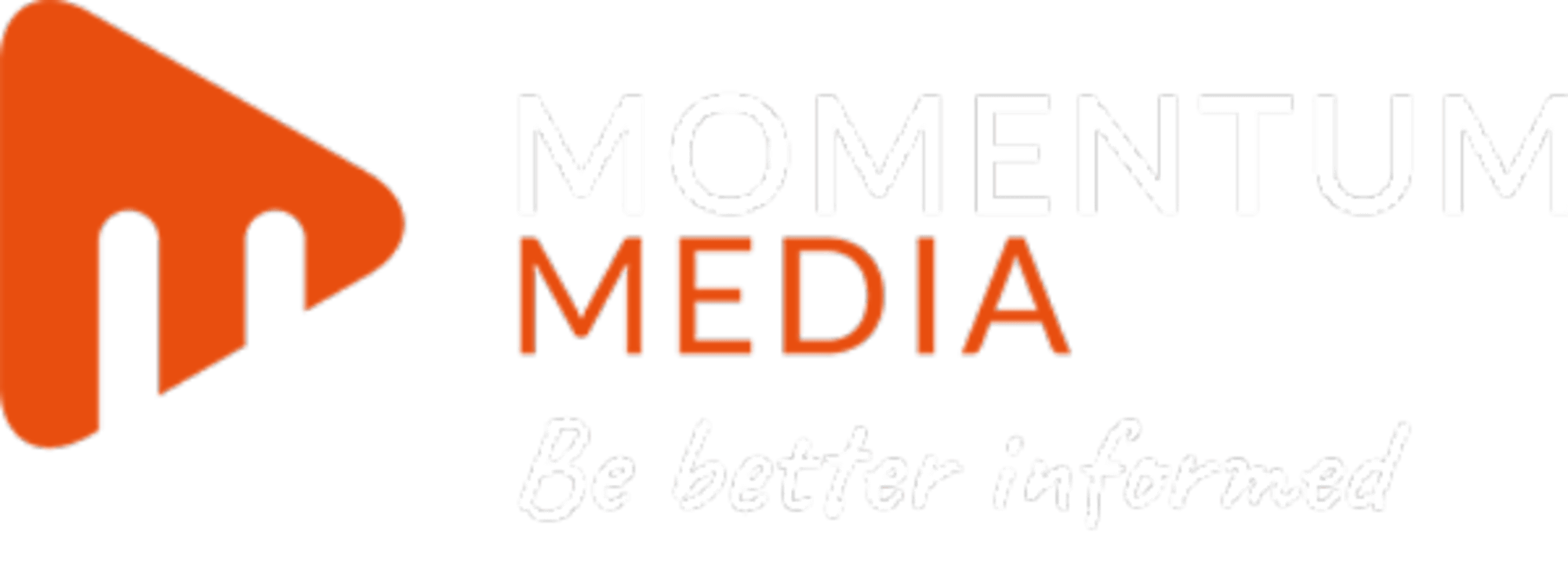
Leaders are rigorously scrutinised for personal integrity, organisational diligence, DEI and ESG policies and values. Trust is the currency of business and sustainability, and as reported in the 2023 Edelman Trust Barometer Report, 63 per cent of people will buy or advocate for brands based on their beliefs and values.
Edelman’s report also found that 69 per cent of job candidates seek organisations that have a strong societal impact. The top three global issues chief executives are expected to act upon are employee treatment, climate, and discrimination.
It’s imperative for leaders to address scrutiny and communicate on social media, specifically LinkedIn. The leading professional platform is LinkedIn, with over 63 million registered companies, 950 million global and 14 million Australian members. All Google roads lead to LinkedIn, which cannot be underestimated.
Yet the majority of ASX 200 leaders and the C-Suite from public and private sectors have a lacklustre, minimal and/or ineffective LinkedIn profile and presence.
Leaders need more than just a place card on LinkedIn.
They need an executive presence and a profile of gravitas. Holding positions of leadership and high office comes with an inherent obligation to represent both the individual and organisation at its best.
Why an executive presence is imperative
Global advisory firm Brunswick Group found in its 2022 Connected Leadership – The Social CEO Report that people trusted leaders who use social media more than those who don’t by a ratio of six to one (86 per cent).
Further, 82 per cent of people expect leaders to use social media to communicate their mission, vision and values, with 82 per cent of job candidates researching leaders online while considering joining a new company.
And from a marketing sales perspective, Brand Fog’s CEO Social Media Communications report found that 93 per cent of people are more likely to purchase from organisations whose leader’s beliefs on social issues aligned with their own
Then, we see investor relevance from the research findings from Brunswick Group’s 2023 Digital Investor Survey. It was found more than four out of five institutional investors (81 per cent) make investment decisions based on information they find on digital channels and that 90 per cent report it’s important for the equities they cover to maintain a presence online.
Significantly, the investor research found that over 50 per cent of investors also follow the equities C-Suite and other relevant executives online.
The value of LinkedIn is tacit across marketing, recruitment, employer branding, employee advocacy, sales, careers, board development, social proof, networking, learning, media and PR.
What is an executive presence?
In broad terms (on or offline), an executive presence coalesces a person’s appearance, communication and gravitas.
Gravitas encompasses demeanour, confidence, transparency, clarity of vision, authority, composure, charisma, integrity, care and trustworthiness.
At its nexus, servant leadership and steward leadership is demonstrated.
Finely tuned communication of the above should appeal to both the cognitive and emotional. Can people trust your capabilities? Your promise to deliver the brand promise consistently is part of the cognitive interweave. Judgement of character and how leaders make others feel is part of the emotional interweave.
These elements need to be genuinely incorporated in a LinkedIn profile to edify and inspire.
What it looks like on LinkedIn
The personal profile is the nucleus of a leader’s presence. Note a company page has a very different purpose.
While engagement and content form part of executive presence, I will just focus here on bedding down the key elements of a personal profile. They are:
Branded Banner
This is prime company brand augmentation territory. Like a billboard, it can be changed to meet current campaigns and issues.
It’s perplexing why the vast majority of leaders have a blank naked space here without their company logos, images or relevant graphics to bring the profile to life.
Current Photograph
Professional, warm and inspiring. Rhetoric must meet reality.
Headline
Clear and descriptive. It can be more than just the default C title and company.
About Section
Detailed and engaging narrative, including career overview, education, volunteering, boards, awards, DEI and ESG values, company and personal visions. Some may share a little under their personal hood.
The general consensus is that this section is best received when written in the first person. However, the third person is frequently and appropriate at high C-suite levels.
My recommendation is if the first person is not acceptable or appropriate, then write it in the neutral person. But having written many senior executive profiles, there is an erudite way to write in the first person with gravitas and not compromising presence.
Featured Section
A terrific new-ish section of a profile’s top card to visually display key media, articles and news.
Examples
I had to dig deep to find solid examples of leaders who embraced all key elements.
It was disappointing to find that not one C-suite leader from several high-profile ASX organisations had a branded banner of their organisation logo. Many didn’t even have an about section, or it was just a few minuscule valueless sentences.
Here are a few leaders who do have an inspiring presence:
- Catherine Baxter, chief operating officer, Team Global Express
- Brett Redman, CEO, Transgrid
- Lisa Chiba, managing director, Momentum Energy
- Andrew Abdo, CEO, National Rugby League
- Alexandra Coates, managing director, Datacom
- Steve Robson, president, Australian Medical Association
- Lisa Annese, CEO, Diversity Council Australia
Risk and Opportunity
Leaders in both private and public sectors who embrace LinkedIn to champion their values, purpose and company direction will reap significant value. Given the research, the negative ramifications of not doing so is a risk not worth taking. Trust and reputation are at stake.
By Sue Parker, career strategist, communications and LinkedIn specialist at DARE Group Australia










